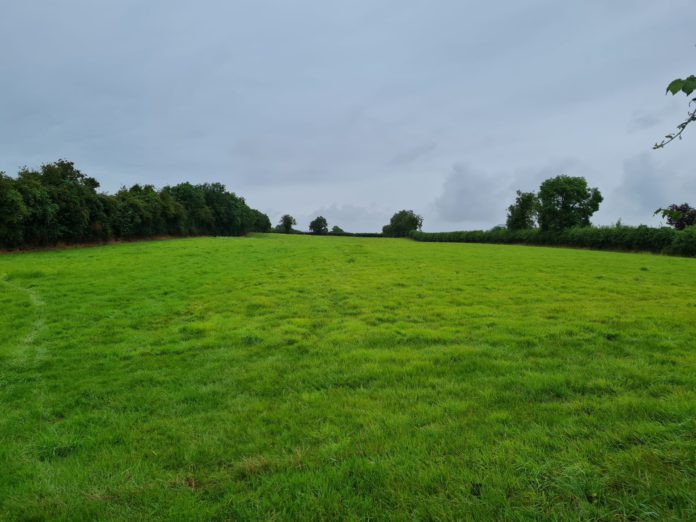In this news article, in the second segment of a two-part written series, Clive Kavanagh of Jordan Auctioneers, provides readers with a guide to the leasing of agricultural land in Ireland.
Agricultural land leasing has recently become a very topical discussion recently for both farmers and other interest groups involved in the sector.
Some extraordinary figures have been quoted in recent months, and of course, these prices have gathered much attention.
The question of renting out your land /farm has never been more to the forefront of people’s minds, particularly those who see it as a way to postpone the often-difficult decision of selling.
The tax benefits of leasing agricultural land for a minimum of 5 years have been well documented, and the incentive of being able to receive a tax-free income up to the allocated sum is very attractive.
This year, we will lease out in excess of 2,000-acres and we have identified some points for landowners to consider. We have focused on leases over five years for lands, excluding any residences.
Following on from part one in this news article, the next part of the guide will look at the Basic Farm Payment, now known as BISS, stamp duty and housekeeping rules.
Basic Farm Payment (BFP):
This can often be one of the most complicated areas to handle in a lease. There are several ways to negotiate it, and owners, in our experience, have taken different approaches:
The tenant claims the BFP and gives the owner back 100% of the value (generally results in a lower rent).
The tenant claims the BFP and agrees a split with the owner i.e., 50:50 – 60:40.
Some people feel this is the preferred choice as the tenant is possibly paying a higher rent to reflect the split and will therefore make sure they comply with good farming practice, so the BFP is received without delay.
Other points to consider around the treatment of this area are what if the tenant does not claim or qualify for all the BFP?
Are they then responsible to make up the difference if the problem is of their own doing?
If the BFP amount reduces as issued from Brussels, are you happy to accept the reduction, or are you looking for a certain amount to be guaranteed?
If there is an appeal on some grounds that is outside the owner’s control, is it up to the tenant to pay the amount due and wait as needed?
You can see from the above that this area, to the surprise of probably nobody, is the one of the most difficult to structure correctly.
Lease:
Once a head of terms is agreed upon between both sides, the owner can forward same to his/her solicitor and have a lease drawn up, which accounts for the agreement already made.
It can take one or two drafts to get this completed. A part of the lease may include a Deed of Renunciation, which is the tenant opting out of any landlord and tenant rights to the property having been in continuous occupation for more than 5 years.
Some people use generic leases and try to avoid the costs of a solicitor, but we think it is important that an owner has the legal input into such an important decision.
If there is a problem with a tenant at a future date, a solicitor could be important, and the fact that they were involved in the agreement from the outset will strengthen any case.
Stamp Duty:
The lease must be stamped by Revenue. 1% of the annual rental fee is the rate of stamp duty charged. This is charged within 30 days of the commencement of the lease.
The stamping process is completed through the ROS Revenue website.
The stamped document is attached to the lease. It is the tenant’s obligation to ensure the lease is registered with the Property Services Regulatory Authority within 30 days of receipt of the stamped certificate.
House Keeping:
Once the lease is signed and it commences with the tenant taking occupation, it is important to ensure the first payment comes through as agreed into the bank account specified and that any passing over of ESB or utilities is completed.
If the lease includes a farmyard same should be cleaned out and ready for the tenant. Agree with the tenant that any other gates, troughs, or machinery are to be left in a designated place and that any keys or access arrangements are agreed.
Summary:
The above is by no means exhaustive but covers some of the main points. Make sure at the outset to treat this transaction with the care and attention it deserves, regardless of whether you know the tenant.
A proper lease, just like a fence, makes for a better relationship. Do not leave certain matters to chance; if you want something done a certain way, specify it.
Agree it with the other side and put it into the lease. Regarding values, be realistic and try to choose a tenant with a good track record.
About the author:
Clive Kavanagh, MSCSI, MRICS, is a director of Jordan Auctioneers & Chartered Surveyors who has been involved in the sale of agricultural land and country properties for the last 20 years. Clive can be contacted in the office on: 045 – 433550 or [email protected]





